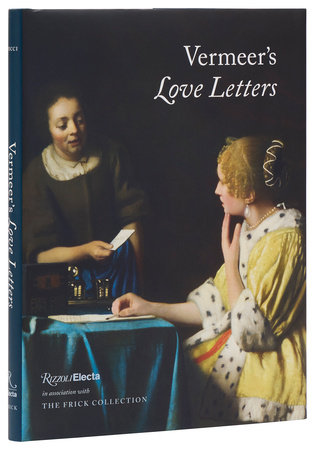Vermeer's Love Letters
Author Robert Fucci
- Publish Date: April 29, 2025
- Format: Hardcover
- Category: Art - Individual Artists - Monographs
- Publisher: Rizzoli Electa
- Trim Size: 7-1/4 x 9-3/4
- Pages: 96
- US Price: $37.50
- CDN Price: $50.00
- ISBN: 978-0-8478-4594-1
Reviews
"Organized around three intimate paintings of women reading and writing, this book draws readers into the world of domestic Dutch interiors, coded gestures and painterly mystery. The volume brings together works from the Frick Collection, the Rijksmuseum and the National Gallery of Ireland and includes essays that expand on Vermeer’s enduring themes of intimacy, distance and time. Vermeer’s paintings reward close looking, and this book rewards close reading. The scholarly essays offer insight without diminishing the quiet spell of these works. One of the three paintings is currently on view at the newly renovated Frick in New York—an ideal companion experience to the book itself." — OBSERVER
